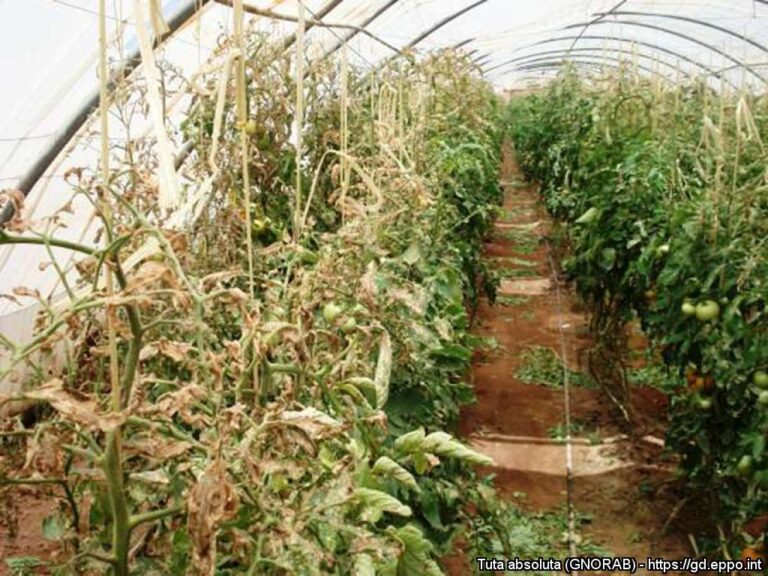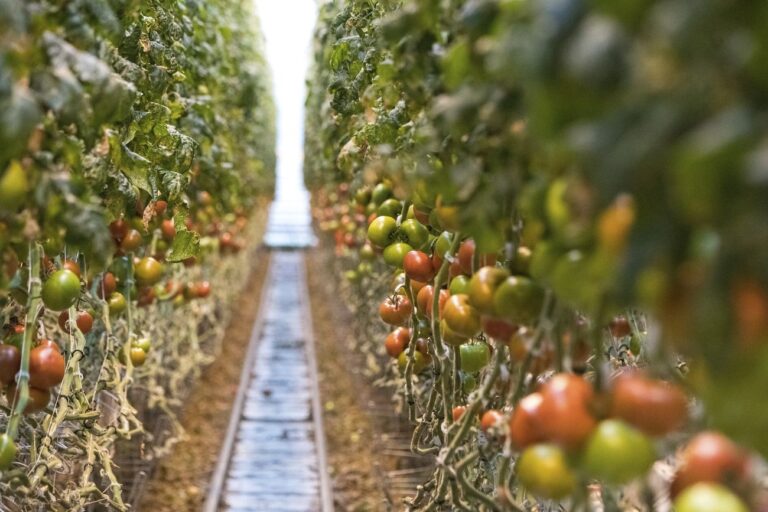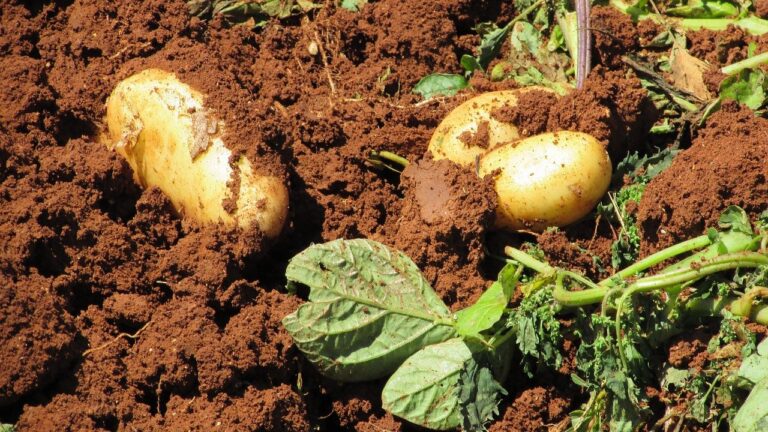Can kale be grown in a greenhouse in Kenya?
Growing kale in a greenhouse in Kenya can be a great way to enjoy fresh greens year-round, regardless of the weather conditions outside. But can it be done successfully? The answer is yes, with proper planning and management, you can successfully grow kale in a greenhouse in Kenya. In this article, I will cover the key considerations for growing kale in a greenhouse in Kenya, including the types of greenhouses, the ideal growing conditions, and management tips.
Growing kale in a greenhouse in Kenya can be a great way to extend the growing season and enjoy fresh greens year-round. Greenhouses provide a controlled environment that can protect your kale plants from extreme weather conditions and pests. However, there are certain considerations you’ll need to keep in mind when growing kale in a greenhouse in Kenya.
Types of Greenhouses
When it comes to growing kale in a greenhouse in Kenya, there are several types of greenhouses to choose from. The most common types of greenhouses are freestanding greenhouses, attached greenhouses, and lean-to greenhouses. Freestanding greenhouses are typically the most expensive option, but they offer the most freedom in terms of layout and design. Attached greenhouses are less expensive and are attached to an existing structure, such as a house or barn. Lean-to greenhouses are the least expensive option and are built against an existing structure.
Ideal Growing Conditions
When growing kale in a greenhouse in Kenya, it is important to provide the plants with ideal growing conditions. This includes well-draining soil, consistent moisture, and plenty of sunlight. If you are growing your kale in a greenhouse, it’s important to make sure that the greenhouse receives enough sunlight to provide the plants with the energy they need to grow. It’s also important to make sure that the greenhouse is well-ventilated to prevent the buildup of humidity.
Another important consideration when growing kale in a greenhouse in Kenya is temperature control. Kale prefers temperatures between 10-20°C. If the temperature is too hot or too cold, it can slow down the growth rate of the kale.
Management Tips
When growing kale in a greenhouse in Kenya, it’s important to keep an eye on the plants and make sure they are getting the right amount of water and nutrients. Kale is a heavy feeder and requires a lot of nutrients to grow. A balanced fertilizer, such as a 10-10-10, is a good choice for kale.
Conclusion
Growing kale in a greenhouse in Kenya can be a great way to enjoy fresh greens year-round, regardless of the weather conditions outside. However, there are certain considerations you’ll need to keep in mind when growing kale in a greenhouse in Kenya, including the types of greenhouses, the ideal growing conditions, and management tips. By providing your kale plants with the right growing conditions, you can help to ensure that your kale reaches maturity as quickly as possible and produces a bountiful harvest. With a little care and attention, you can enjoy fresh, healthy kale in Kenya all year round.







